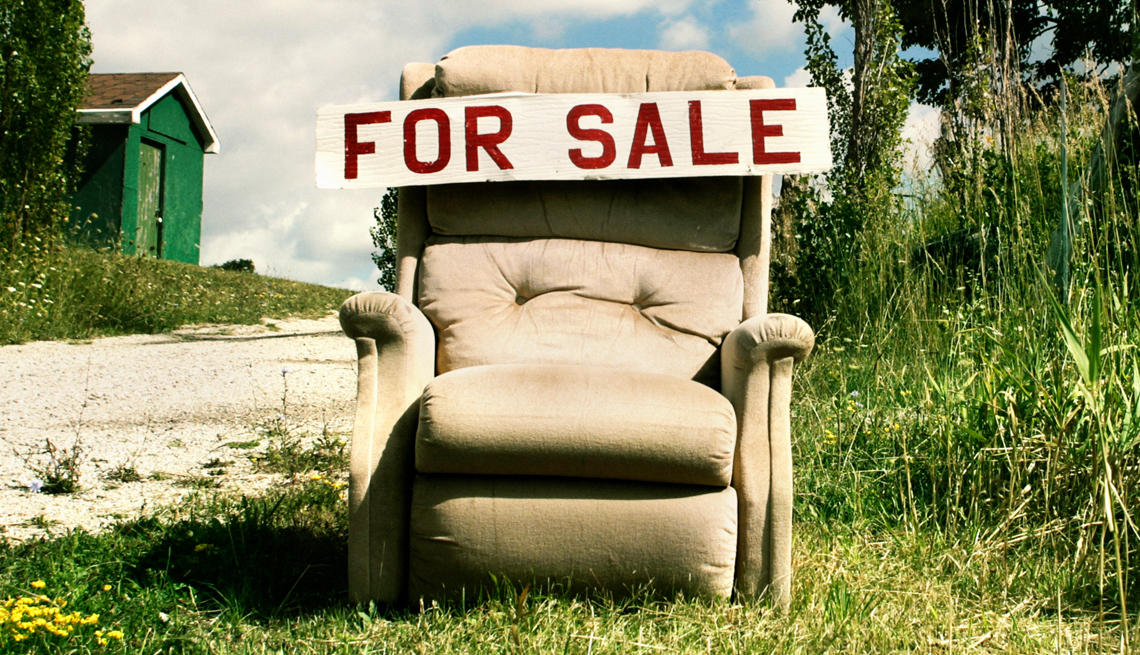- Select a language for the TTS:
- UK English Female
- UK English Male
- US English Female
- US English Male
- Australian Female
- Australian Male
- Language selected: (auto detect) - EN
Play all audios:
Almost one-third of Arkansas workers — an estimated 450,657 — earn less than $17 an hour. Nearly 40% of women and 44% of Black workers fall below that line, per data from Oxfam. * Only
Mississippi performs worse. WHY IT MATTERS: A single person with no children must earn $19.10 per hour to make ends meet in the Natural State, according to MIT's Living Wage Calculator,
a commonly accepted barometer. The state's minimum wage rose to $11 per hour from $10 on Jan. 1, 2021. THE BIG PICTURE: Nationally, wages have improved. Just 13% of workers in the U.S.
are now earning less than $15 an hour; two years ago, that number was 31.9%. * Even accounting for inflation — $15 an hour in 2024 has the same buying power as about $14 in 2022 —
remarkable progress. * Wages are higher now in part because of inflation, and a strong labor market where lower-wage employees are still in high demand. But it's also due to the work of
advocates who pushed for minimum wage increases for more than a decade. PLUS: Pandemic-era benefits helped these workers be more choosy about finding better-paying jobs coming out of the
record unemployment of 2020. DRIVING THE NEWS: Oxfam revised its definition of a low-wage worker this year — from those earning less than $15 an hour to those earning less than $17. * Fewer
than 1 in 4 workers in the U.S. now fall into that category, the group says. That's more than 39 million people, including 34 million who are over age 20, according to the report. (In
2022, many more workers — 52 million — earned less than $15 an hour.) * Oxfam's report, released recently, analyzes both Census Bureau and Labor Department data to look at the state of
low-wage workers in the U.S. ZOOM IN: States with the highest proportion of low-wage workers include Mississippi, Oklahoma and Texas, which go by the federal minimum of $7.25 an hour — that
low-wage floor pulls down pay for other lower-wage earners. * Other states have far higher minimum wages. Washington state's minimum wage is $16.28, for example, and only about 11% of
its workforce is earning less than $17 an hour. REALITY CHECK: While wages are up, low wages are still — well, low. * These folks are facing much higher prices for essentials like food and
housing. * Oxfam hardly sees these numbers as acceptable — the report is titled "The Crisis of Low Wages." The group is advocating for minimum-wage increases and other changes.






